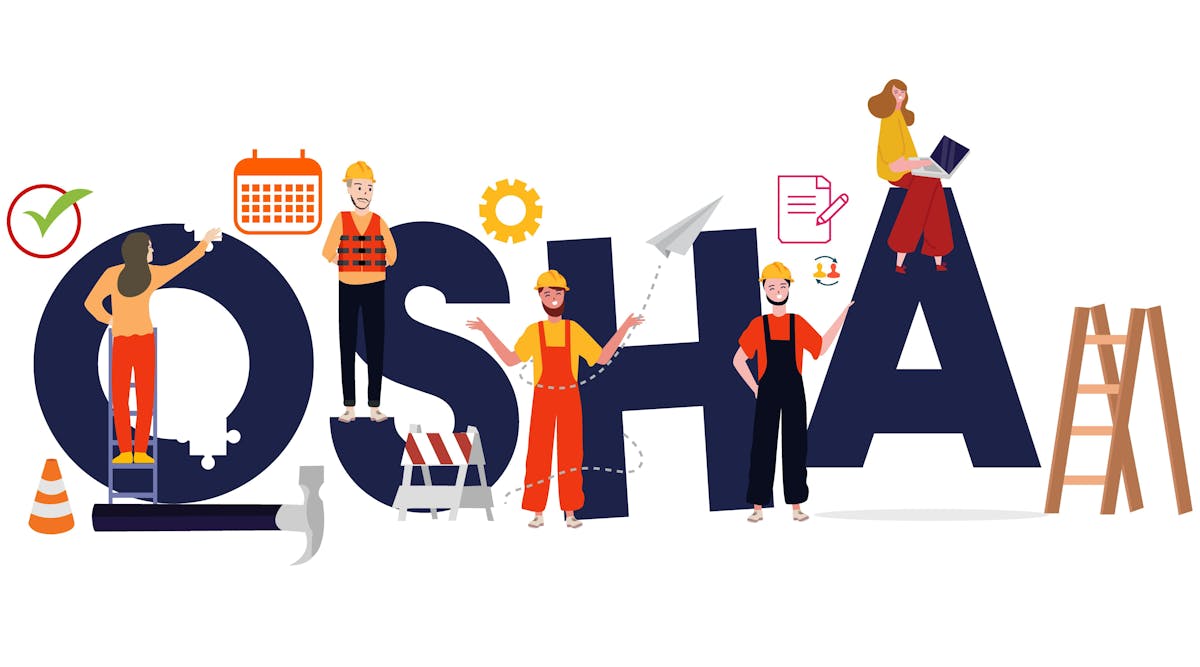Be informed before taking on any new technology initiatives or you’ll end up with piles of shiny objects collecting dust in the bottom draw.
It’s a known statistic. More than 2.7 billion workers worldwide are deskless. These workers make up 80% of the global workforce and serve essential industries such as retail, logistics, and manufacturing and with this, we are seeing momentum in tech adoption build rapidly.
Injury prevention tech is part of it, with different technologies available that assist to inspire, personalize, prevent, predict, and increase the desire of workers to take ownership of their own safety. It can be quite enticing.
But safety technology for injury prevention does not necessarily fit all organizations. It requires careful research and a level of understanding of not only what advantages it presents to your workforce, but also if it is the right tool to achieve the desired results, or if in fact, your organization is ready for it. (This one-minute questionnaire can help with a brief indication of the important aspects to be aware of and will give you answers on what stage of readiness you are at).
Sharing what is good in theory, doesn't necessarily work on the ground. I’ve been part of Soter Analytics from the onset and now with more than 5 years of hands-on implementation experience assisting and supporting customers from different industries, I have witnessed many challenges in using workplace technology-driven injury reduction solutions. These learnings have formed the foundation of our ‘Actions for Better Outcomes’ policy that incorporates pre-contract conversations that include a complete screening of an organization's pain points, closing knowledge gaps, and working together to determine if technology is the right pathway to take before embarking further.
Most organizations we speak with don’t yet have a clear picture of what implementing safety technology looks like. Or more crucially, how to implement it into safety processes. Without focused planning, they risk just adding another layer of complexity to injury prevention, requiring time-consuming training and failed engagement of key stakeholders, resulting in shiny objects collecting dust in the bottom draw.
Done well, and with the right fit, the benefits of injury prevention tech and the generated objective data are one of the best proactive initiatives available. It touches all areas of an organization, from workers to management, from behavioral change to productivity, and overall operational efficiency.
For instance, one new solution harnessing artificial intelligence (AI), is able to identify and quantify ergonomic risks in near real-time. It automates the measurement of an employee’s movements, and the frequency at which they occur, and identifies hazards exceeding pre-set thresholds.
Imagine a visual, second-by-second angle of movement evaluation without having to use a protractor or make an educated guess! Videos from app-based AI technology allow safety professionals to gather big-picture data over a longer period of time. The video processing technology is also used for comparison and quantifying risk reduction. In one case, at a pallet repair facility, videos of workers performing a task with and without a new prototype tool were captured and compared. The results showed that the new tool eliminated over 150 arm movements per hour, and improved overall task safety by 45%. This significant result was supported by clear, reliable data analytics and justified the cost of the new tool.
Back and shoulder injuries don’t just happen, they happen very slowly, a lot of stress is put on the body, it gets weaker over time, and eventually the pain starts, the pain gets worse and suddenly, you’ve got an injury. This might take years and years. Data can provide timelines that can be measured, and predicted, and intervention strategies can be put in place to avoid these injuries from occurring. Risk insights can include metrics that can be used directly, or to start a conversation and capture feedback, comments, or thoughts and feelings straight from workers. Algorithms can capture all concerns to help those at imminent or future risk so procedures can be put in place.
A large US supermarket increased their pick rates by 5% from 158 cases per hour to 166 cases per hour. Tenured employees (those more than 100-days) reduced the number of hazardous movements they made by an average of 39% over a 3-month period. A strong negative correlation was measured between hazardous movements made and pick rates (-0.81) showing that by moving more safely, pick rates actually increased.
The benefits are doubtless when chosen well and implemented properly. But gather some transparent expectations of limitations, deployment processes, scalability, the quality of any data collected, privacy, and any industry-specific adoption barriers, and most importantly, thoroughly recognize your pain points to make sure that it suits your safety needs and organizational goals.
Adoption of safety technology requires commitment and an understanding partnership from both supplier and customer, with dedicated management and strategic planning.
After 5 years of working as a Medical Doctor and Physiotherapist, Dr. Vasina joined Soter Analytics to research the effects of human movements in workplace settings and quantify the risk of injury. The application of this research is the subject of one of Soter Analytics’ patents and has been presented at medical conferences across Europe.















































































